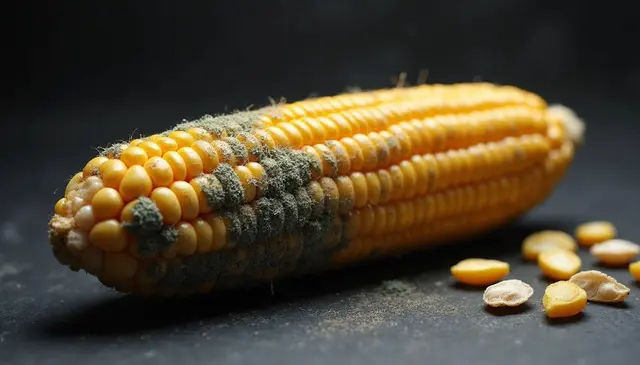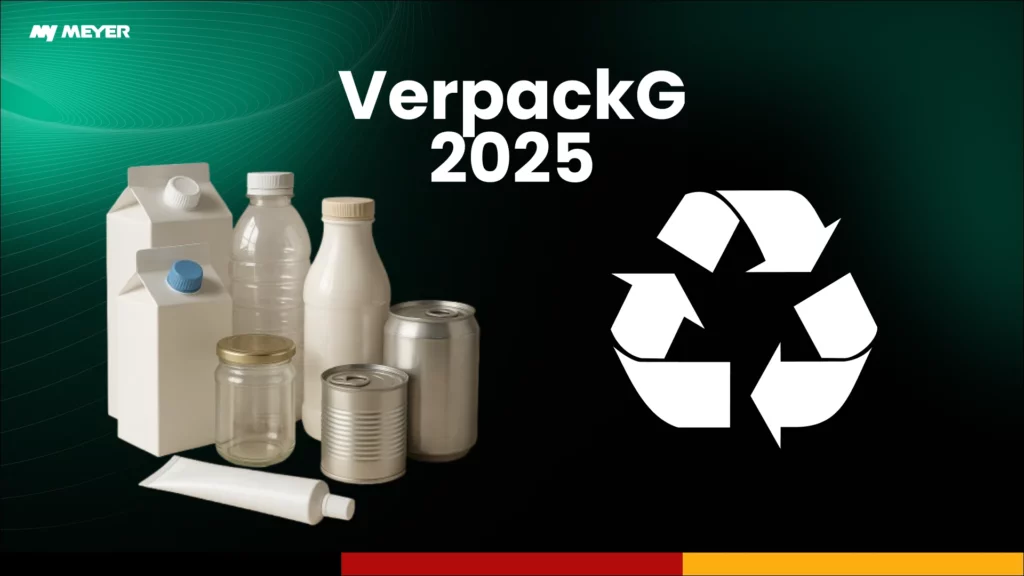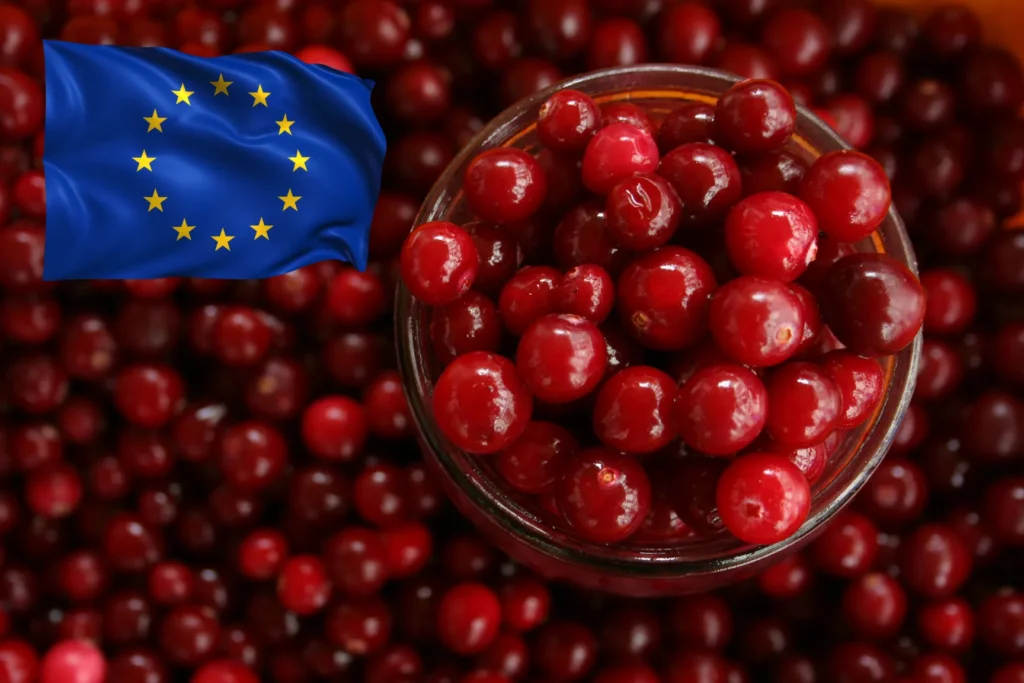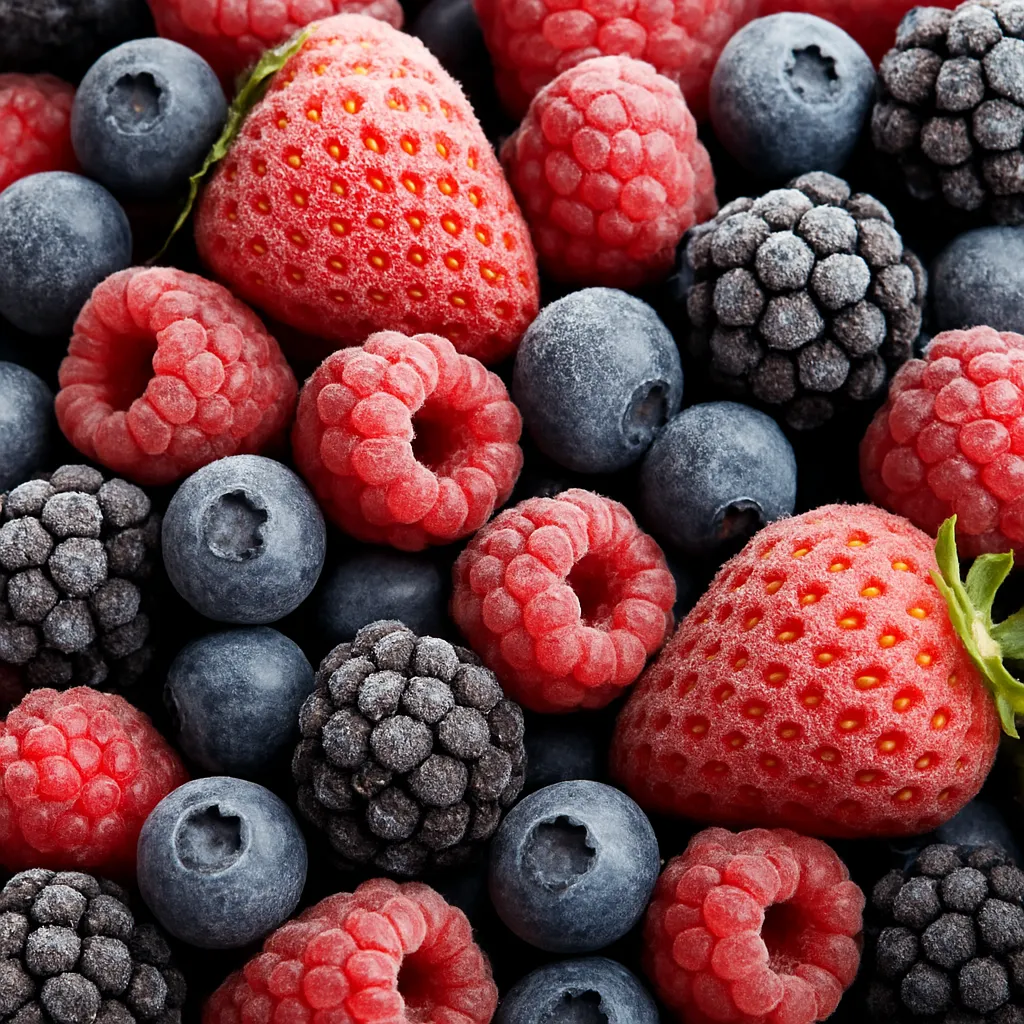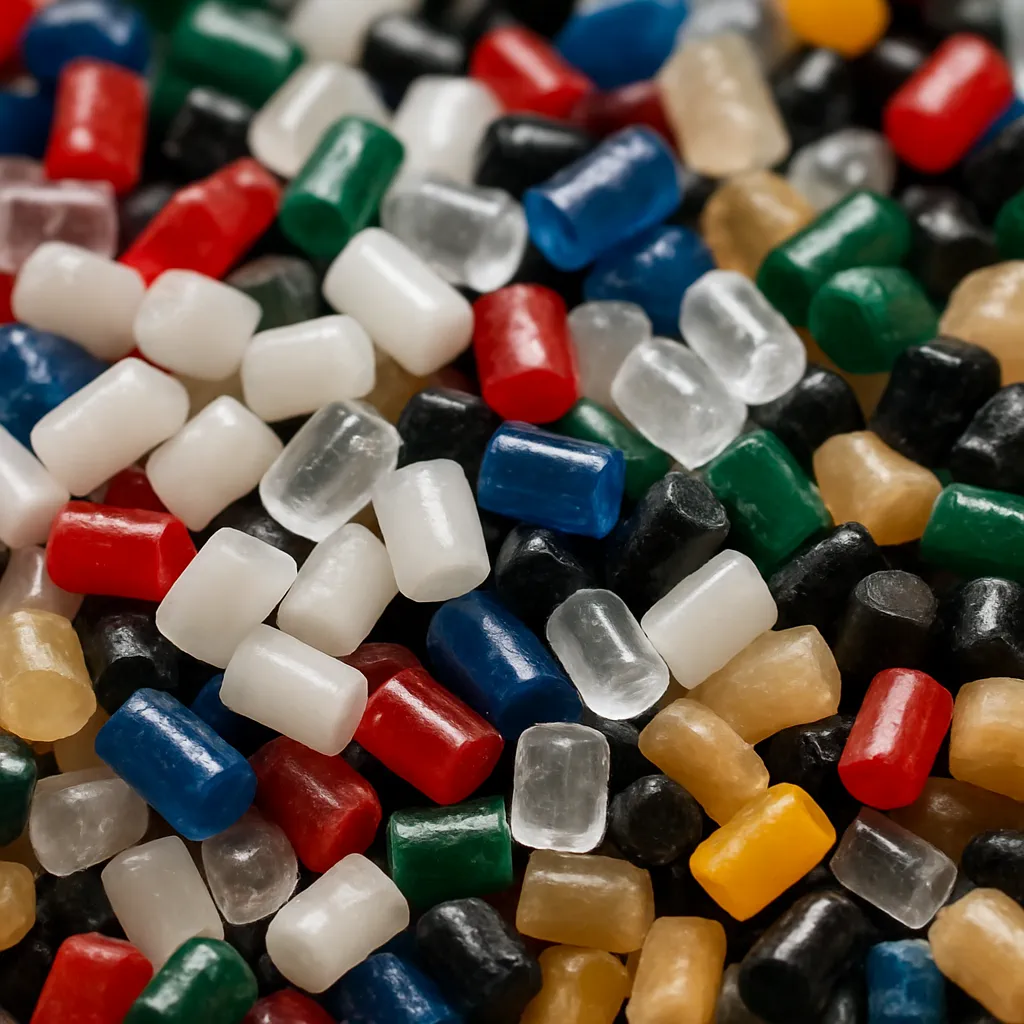What is Optical Sorting?
Optical sorting is an automated process of sorting solid materials using advanced camera systems, sensors and AI technology.
In simple terms, optical sorters can “see” products in detection zone and make split-second decisions about whether to keep or reject them. This technology increases accuracy, reduces labor costs, and improves overall production efficiency.
Based on different types of sensors and technology-driven intelligence of the image processing system, optical sorters are able to recognize color, shape, size and structural characteristics.
The Evolution of Sorting Technology: From Manual to Optical Systems
The journey of sorting technology began in the early 20th century with manual sorting methods that relied heavily on human labor. As industries grew, the need for faster and more accurate methods became evident.
In the 1930s, the first automated sorting systems were developed. These early mechanical solutions were primarily used in agriculture (fruits and vegetables sorting). They increased speed, but still lacked precision. Nevertheless, they marked a significant shift towards automation.
The advent of optical sorting revolutionized the industry. By combining advanced camera technology with high-speed processing software, optical sorters introduced a level of precision previously unachievable.
Today, they form an essential part of modern production lines, delivering unparalleled accuracy and efficiency.
How is Sorting Automation Improving Production Lines?
Automation has become the cornerstone of modern production, and optical sorting technology plays a significant role in that. By replacing human labor with machine precision, production lines can:
- Increase throughput: Machines work faster than humans, handling higher volumes in less time.
- Reduce errors: Human error is virtually eliminated, ensuring more consistent quality.
- Lower costs: Automation reduces the need for manual labor, cutting operating expenses.
- Improve safety: Less manual involvement reduces the risk of workplace injuries.
Types of Optical Sorters
Optical sorters can be categorized based on the vision technology used and the transportation system employed.
By vision technology used:
Color Sorters
Color sorters use a system of cameras to detect color variations in objects. These machines are widely used in several industries: recycling, food processing and agriculture. The role of sorters is very significant in the processing of metals and plastics, as well as glass.
Polymer Sorters
Polymer sorters, also known as Near-Infrared (NIR) or InGaAs sorters, rely on infrared light to detect materials based on their chemical properties (e.g. density of the material) and moisture content rather than just visual appearance. But on the market there are several polymer sorters equipped with two types of cameras – InGaAs + color sensors, so they can also sort by visual features.
These machines are particularly useful in recycling and waste management industries, where different materials need to be separated regardless of their color.
By transportation system used:
Belt Sorters
Belt sorters utilize conveyor belts to transport items for sorting. Objects are inspected by cameras from above or below. These types of optical sorters are commonly used in industries where large volumes of items need to be processed continuously. Belt sorters work well with materials that are subject to damage, the belt allows for even distribution of the material, which facilitates its precise scanning, and can handle larger and more diverse pieces of material
Chute Sorters
In this system, products fall through a chute where they are analyzed before being ejected into separate bins based on their classification. This method is often used for bulk materials like grains or nuts and polymers.
They are usually more compact than belt sorters and are ideal for smaller facilities with space constraints.
How Automated Sorting Works in General?
The process begins with products being fed onto a conveyor system. As they move along, cameras or sensors scan each item for specific attributes, like color or chemical composition.
The system processes this data in real-time, and when a defective or unwanted item is detected, a mechanical device – often an air ejectors – quickly removes it from the line.
The whole process looks as follows:
- Feed System: Products are evenly spread into a single layer for inspection.
- Optical System: Lights and sensors capture images of the products as they pass through.
- Image Processing Software: This software analyzes the images against user-defined criteria to classify each item.
- Separation System: Once classified, good products continue down the line, while defective items are ejected using air jets or mechanical devices.
The combination of high-speed cameras, software algorithms, and precise reject mechanisms allows for an incredibly efficient sorting process. This level of automation can handle thousands of products per minute with near-perfect accuracy.
Differences Between Color vs. Infrared Sorting vs. X-Ray Sorting
Each method serves different industries and purposes, depending on the particular needs of the production line.
| FEATURE | COLOR SORTING | INFRARED SORTING | X-RAY SORTING |
|---|---|---|---|
| Technology Used | Cameras detecting visible colors | Infrared sensors measuring material density | X-ray imaging for density analysis |
| Applications | – Food processing- Recycling | Recycling plastics (polymers especially) | – Food processing – Medical applications |
| Strengths | High precision for color variations | Identifies material composition | Detects dense materials |
Differences Between Belt Sorters vs. Chute Sorters
Each type of transportation system has its perks that allow to utilize it in specific applications and industries.
| FEATURE | BELT SORTERS | CHUTE SORTERS |
| Mechanism | Continuous flow on a conveyor belt | Gravity-fed through a chute |
| Speed | Effective for larger objects | Effective for bulk materials |
| Best For | Uniform, larger in size items that are more susceptible to damages | Large quantities of similar items |
Belt sorters offer a more continuous and stable transportation method, making them suitable for high-volume sorting.
Chute sorters, on the other hand, take up less space but have limitations on the type of materials sorted, excludes nuts, frozen and dried fruits, etc.
How can sorting technology be used nowadays?
Optical sorting technology has diverse applications in a wide variety of industries, including:
- Food Processing: Sorting fruits, vegetables, grains, and nuts.
- Recycling: Separating plastics, metals, and other materials.
- Agriculture: sorting seeds for sowing, sorting seeds and grains or beans and pulses
- Mining: Identifying valuable minerals from waste rocks during ore processing.
- Pharmaceuticals: Ensuring the quality of pills and capsules.
Optical sorting in Food Industry
In food processing, optical sorters are essential for ensuring product safety and quality. They detect and remove foreign materials such as glass, stones, plastics, and metals from food products, preventing contaminants from reaching consumers. The technology also identifies and eliminates defective items like discolored or damaged produce, ensuring that only high-quality food reaches the market. By increasing processing speeds and reducing reliance on manual inspection, optical sorters enhance operational efficiency and help maintain compliance with food safety regulations.
Optical sorting in Recycling Industry
Optical sorting technology significantly improves the efficiency and effectiveness of recycling processes. It accurately identifies and separates different types of recyclable materials, such as various plastics, glass colors, and metals. By producing higher purity levels in recycled materials, optical sorters make recycling more economically viable and the recycled products more suitable for high-quality applications. This efficiency leads to increased recycling rates, conservation of natural resources, and reduction of waste sent to landfills, contributing positively to environmental sustainability.
Optical sorting in Agriculture Industry
In agriculture, optical sorters enhance crop quality and marketability. They are used to remove defective or diseased seeds and grains, ensuring that only the best quality products proceed to market or planting. The technology sorts agricultural products based on size, shape, and color, which is crucial for grading and meeting specific market requirements. By automating the sorting process, optical sorters reduce labor costs, minimize waste, and help prevent the spread of diseases and pests by eliminating contaminated produce.
Optical sorting in Pharmaceutical Industry
In the pharmaceutical sector, optical sorting ensures the production of high-quality and safe medications. The technology meticulously inspects tablets and capsules to detect and remove defects such as cracks, chips, discoloration, and size deviations. It also eliminates foreign contaminants like metal particles or plastic fragments that may have entered during manufacturing. By automating the inspection process, optical sorters reduce human error and labor costs while maintaining compliance with stringent regulatory standards, ultimately safeguarding consumer health and brand reputation.
Optical sorting in Mining Industry
Optical sorting in mining enhances resource efficiency and reduces operational costs. The technology separates valuable minerals from waste rock early in the processing stage, improving the concentration of ores and reducing the volume of material that requires further processing. This pre-concentration leads to energy savings, lower transportation costs, and minimized environmental impact due to reduced waste. By automating sorting in potentially hazardous environments, optical sorters also contribute to improved worker safety.
Optical sorting represents a significant advancement in automated systems that enhance productivity across various sectors. As technology continues to evolve, we can expect even greater efficiencies and capabilities from these systems in the future.


